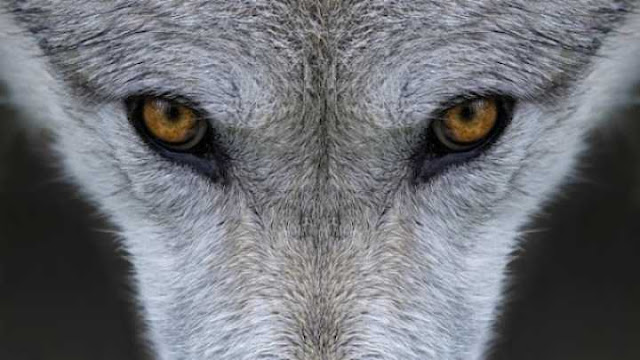Scientists at Linkoping University, Sweden, have simulated what happens in ecosystems when the habitats of different species disappear. When plants and animals lose their habitats, predator species at the top of the food chain die out first. The results have been published in Ecology Letters, and may provide information for and strengthen initiatives to preserve biodiversity.
 |
| Credit: Nagel Photography/Shutterstock |
One of the most serious threats against biodiversity is habitat loss. Humans cause severe changes in the landscapes when converting or removing natural land to be used for construction or food production. In addition, climate change is also causing some regions to become uninhabitable for some species. Researchers at Linkoping University have developed a mathematical method to investigate how large ecosystems are affected when habitat disappears.
"We can reach two important conclusions from our study. The first is that initiatives to preserve biological diversity must preserve habitat and not only focus on a particular species. It is very important to consider the interactions between the ecosystem's species by looking at the food web—which animals and plants are eaten by which other animals. The second conclusion is that the order in which habitats disappear has a profound significance," says Anna Eklof, senior lecturer in the Department of Physics, Chemistry and Biology (IFM) at Linkoping University.
The LiU researchers use modeling and computer simulations to study ecological networks, which describe how the various species in an ecosystem interact. The article, published in Ecology Letters, combines two mathematical models: a classical and a new one. The model described in the article distinguishes between suitable habitats in which species can live, and other areas in which they cannot. Suitable habitat patches are distributed across the landscape, with different plant and animal species spread across them. The species are connected to each other in a food web, a network that describes how they feed on each other. A hare eats several types of plants, the hare and several other prey species can become food for foxes, and the fox is one of the predators at the top of the food web.
The survival of an animal in a particular habitat depends on having the correct prey animals or plants in the same habitat patch. The model developed by the researchers also considers how effectively species can move between the habitat patches. In the real world, the habitat patches are often separated by inhospitable regions, such as a road with heavy traffic, that can prevent plants and animals from moving between them. If dispersal between different habitat patches becomes more difficult, probability increases that a species becomes extinct in the ecological network—which in turn influences the survival of other species.
The researchers have used the model to analyze a large number of simulated networks involving several hundreds of species. They also tested the model on a dataset of measurements describing the food web of the Serengeti National Park in Tanzania. In order to investigate how ecosystems are affected by habitat loss, the researchers ranked the habitat patches in order of how important they are for species at the bottom of the food chain. They then simulated three different ways in which habitat loss can occur: with the least important habitat patches removed first, the most important ones first, or removing them in a random order. The destruction of habitat in a random order is similar to what happens when humans construct roads or buildings without considering how valuable the region is for different species.
"In our model, the species at the upper levels of the food chain die out first when habitat patches are lost. What surprised us was that the damage to the ecosystem was almost the same when patches were lost in a random order as when the most valuable patches were lost first," says research fellow Gyorgy Barabas.
The researchers emphasize that it is important to classify how significant various habitats patches are when considering initiatives to preserve ecosystems, and to give priority to the most valuable ones. The resilience of the ecosystem to species extinctions can also be improved by, for example, strengthening connections between patches. By taking such matters into consideration when determining how land is used, humans can protect ecosystems and prevent species from becoming extinct—particularly species that are high up in the food chain.
Author: Karin Soderlund Leifler | Source: Linkoping University [October 28, 2020]
No comments:
Post a Comment